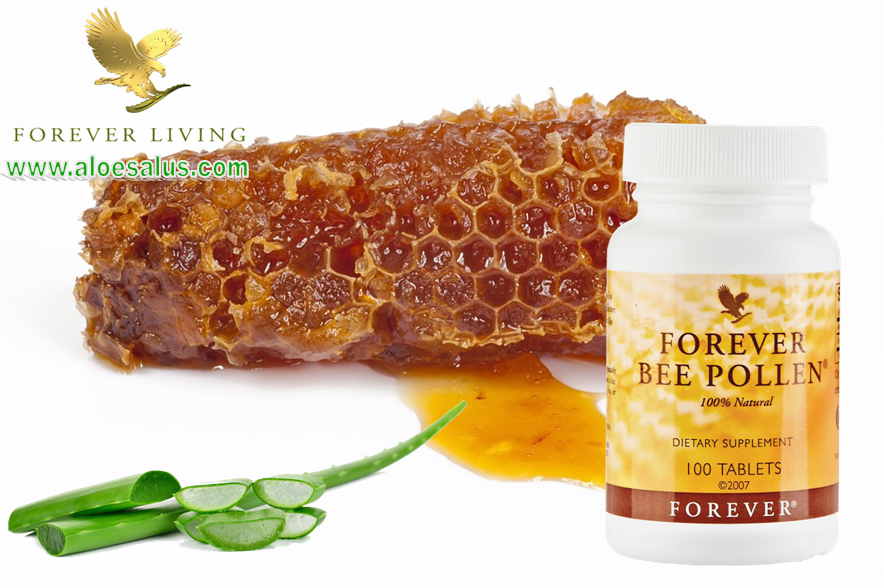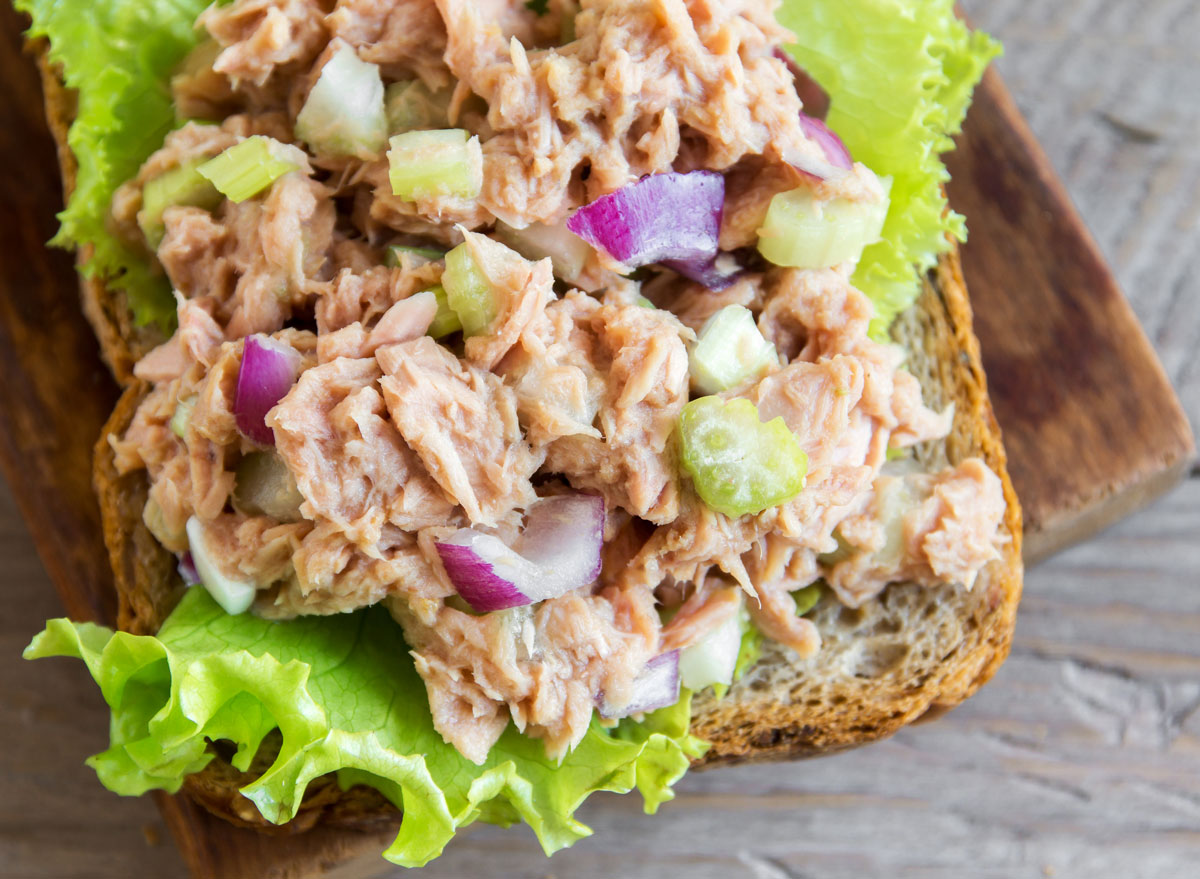
The best foods for runners should contain a variety of essential nutrients to support their daily physical activity. It is important to eat the right kind of protein. Chicken or fish are the best sources of animal protein. In order to provide energy, vegetable protein must be combined in combination with other sources of carbohydrates. Everyone should focus on the five-a-day fruit and vegetable strategy, but runners should take their intake even higher. Added fiber and vitamins can be beneficial for runners and keep their bodies energized.
Beans are the best friend of runners, especially those with thick skin. They're full of complex carbohydrates and fiber, as well as omega-3, fiber, magnesium, and potassium. In addition to being energy-boosting, beans also contain potassium, iron, B-vitamins and other nutrients. They can also decrease recovery time between training sessions, which can be beneficial for runners. Avocados are another good source for healthy fats.
Bananas are great for pre-run snacks because they're full of energy. They are low fiber, which makes them easy to digest. They also contain a lot of potassium, which helps regulate blood pressure and prevent strokes. PB and banana are great for runners. Bananas are an excellent choice for runners who want to gain a nutrition boost before their run.
Another great choice is salmon. It's rich with zinc, which can help you recover from a workout. It's low in calories so it's great for pre-run meals. Finally, kale is an excellent source of Vitamin K, which is essential for bone development. Calcium is also essential for preventing injuries caused by intense exercise, so it's a good idea to incorporate it into your daily meal plan.
Soups are an excellent pre-run and training run breakfast. But they can also serve as a main dish during the day. Soups are an excellent option for training runs or pre-runs. Porridge and other cereals made from oats are good alternatives. Instant porridge, unlike oat-based cereals is not suitable for runners. You can make pre-event meals with wheat biscuits, muesli, and even muesli.

Running requires runners to eat lots of vegetables and protein. These foods, while low in fat are high in potassium and manganese. This is essential for good bone health. These foods are rich in iron, potassium and magnesium, which are important for body repair and regeneration. They also help to maintain normal blood pressure. You should include different foods for runners when choosing the right food to eat.
If you're planning to run a long distance, you'll need to make sure that your body is properly fueled for the next few days. The body must have the right balance of carbohydrates, proteins and vitamins to perform well. Wild salmon and fish should be considered for those who train over long distances. For those who are not running yet, seafood is an ideal choice. It's high in omega-3 fatty acids, which can help improve your cardiovascular output. These fatty acid can also be beneficial for the nervous systems and prevent inflammation.
You will need to be cautious about what foods you choose, but it is essential to eat enough protein to keep your body nourished after a long day. To prevent cramps or other stomach issues, you will also need to drink lots of water. These foods are rich in calcium and protein, which will provide energy and prevent fatigue. Try eating more nuts and seeds if you are an athlete.

A runner's diet should include nuts. Nuts can be used to lose weight or increase bone density. They also provide fuel for long runs. However, it is crucial to choose nuts with care. Nuts can be a significant source of calories, so make sure you only eat them occasionally. A lot of runners don't get enough protein, so you'll need to focus on finding the right type of nuts for runners.
FAQ
Who is the best path to a career in chef work? How do I begin my career as chef?
Apprenticeships are a great way to get started if you want to become a chef. Apprenticeships offer the chance to work for several year without any tuition fees. After your apprenticeship, you may apply for a role as a sous chef. Sous chefs oversee cooks and help them make salads and desserts. They also oversee the entire operation of the restaurant.
Which is the best method to store leftovers?
Tupperware containers are great for storing leftovers. These containers preserve food freshness and stop odors from developing. They can also keep food warm longer. Freezer bags can be used to freeze any leftover food. To prevent air from escaping, freeze food in a bag. Once the food has frozen, you can transfer it to an airtight container like a zipper lock bag.
What ingredients do I need to purchase to cook?
You don't need to buy every ingredient. Premade sauces can be found in most grocery stores. Pre-made meals are a great way to save money.
What's the difference between a professional chef and an amateur cook?
A chef prepares meals for others. A cook prepares the food for oneself. While both jobs involve preparing food, a chef works directly with customers. This may mean that they might have to choose what to cook for guests depending on their preferences. The cook doesn't have to interact with customers. Instead, a cook makes sure the food tastes good before delivering it to customers.
Statistics
- You'll be amazed that over 90% of CIA students receive scholarships and grants to finish their culinary studies. (ischoolconnect.com)
- The median pay for a chef or head cook is $53,380 per year or $25.66/hour, according to the U.S. Bureau of Labor Statistics (BLS). (learnhowtobecome.org)
- According to the BLS, chefs earn $58,740 a year. (learnhowtobecome.org)
External Links
How To
How to make a perfect omelet
Omelets are my favorite breakfast dish. How can you make them perfectly? I've tried many recipes and different methods but none have worked. So I am sharing some tips and tricks today to help you make fluffy, delicious omelets every morning.
When making omelets, it is important to be aware that eggs can be temperamental. They must be fresh, preferably from the organic market, and be kept cold until cooking. You must keep them cool enough to allow the whites to form properly and the yolks to become too runny if they're not kept at the right temperature. This makes your omelets look weirdly colored. If you plan to cook the eggs right away, it is best to use room temperature eggs.
Another tip is to separate the egg before adding it to the pan. You don't want the white to get mixed with the yolk, as this could cause the egg to curdle.
You might burn the bottom of the egg if you place the egg directly on the stovetop. This could ruin the texture of your omelet. Instead, place the egg in the microwave for 10 second before you put it in the skillet. The microwave heat is sufficient to cook the egg without overcooking.
Let's now talk about mixing eggs. Mix eggs well together. To do this, grab the bowl of the mixer and turn it upside down. Now shake the bowl vigorously. This way, the air inside the bowl gets whipped around and mixes the egg thoroughly.
Now comes the fun part: adding the milk to your mixture. Pour half the milk into the beaten egg mixture and then fold in the eggs. Do not be alarmed if there are still egg streaks visible. Once the omelet flips, these streaks will disappear.
After you have folded your eggs, heat up the oil on medium heat. Wait for it to get hot. Once the oil starts getting hot, add 1/4 cup of butter to the pan and swirl it around to coat the entire surface of the pan. Carefully open the pan's lid and add salt to the pan. Salt will prevent the omelet sticking to the pan.
Once the omelet forms, cover the pan again. Let the top side set completely. Flip the omelet over using a spatula or flip the pan upside down. Cook the other side for another minute or two. Serve immediately after removing the omelet from its pan.
This recipe is best made with whole milk. However, it can also be used with skimmed milk.